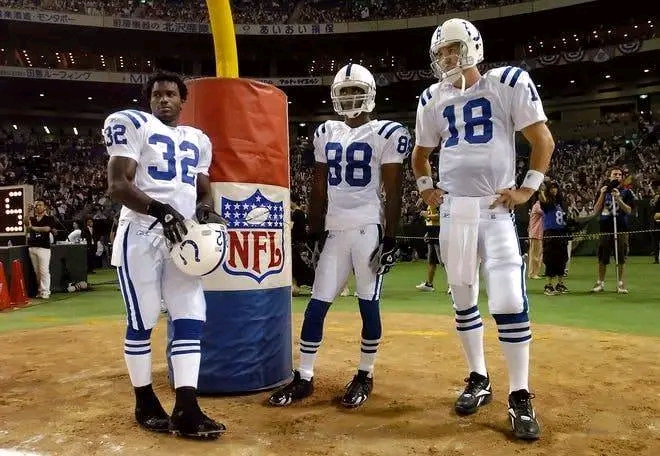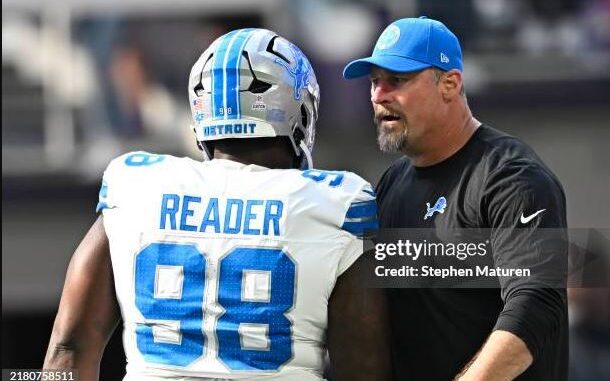In the 1970s, the Boston Bruins weren’t just a team—they were a movement. Nicknamed the “Lunch Pail Gang,” they played with a blue-collar work ethic that matched the gritty identity of the city they represented. Led by iconic figures like Bobby Orr, Phil Esposito, Terry O’Reilly, and Wayne Cashman, the Bruins blended overwhelming skill with punishing physicality. The name “Lunch Pail Gang” was coined by coach Don Cherry, who admired how the players showed up every night like laborers, ready to do the dirty work—block shots, throw hits, dig pucks out of the corners.
That Bruins era won two Stanley Cups, in 1970 and 1972, with Orr at the center of it all. His famous flying goal in 1970 still stands as one of the most iconic moments in NHL history. But even after the Cup wins, when Orr’s knees eventually gave out, the identity never faded. The Bruins of the mid-to-late ’70s kept pushing. With guys like Stan Jonathan throwing haymakers, and O’Reilly defending teammates without hesitation, Boston never backed down. They weren’t always the most talented team, but they were always the hardest working.
The Boston Garden echoed with the roars of fans who saw themselves in the team—tough, resilient, and loyal. They called it “The Big Bad Bruins” era for a reason. These Bruins didn’t rely on flash or finesse alone—they earned every inch of ice. And in doing so, they became one of the most beloved and respected teams in hockey history.



